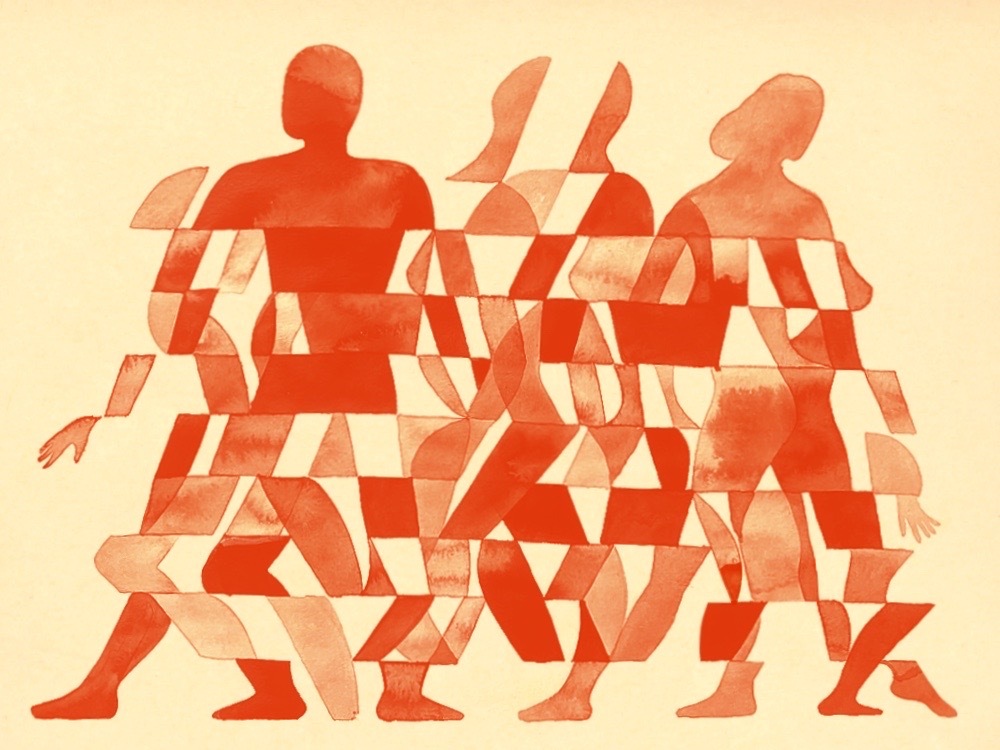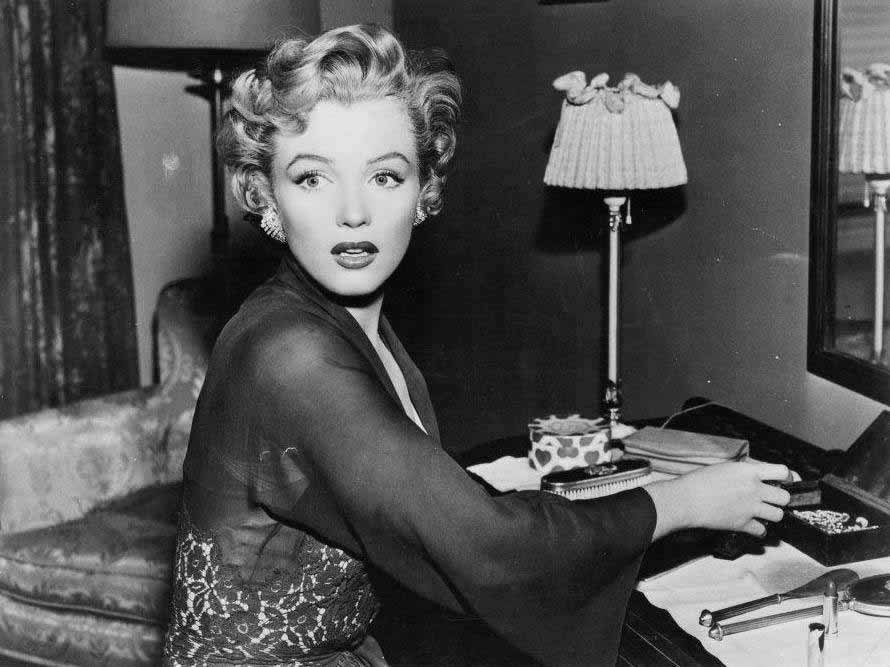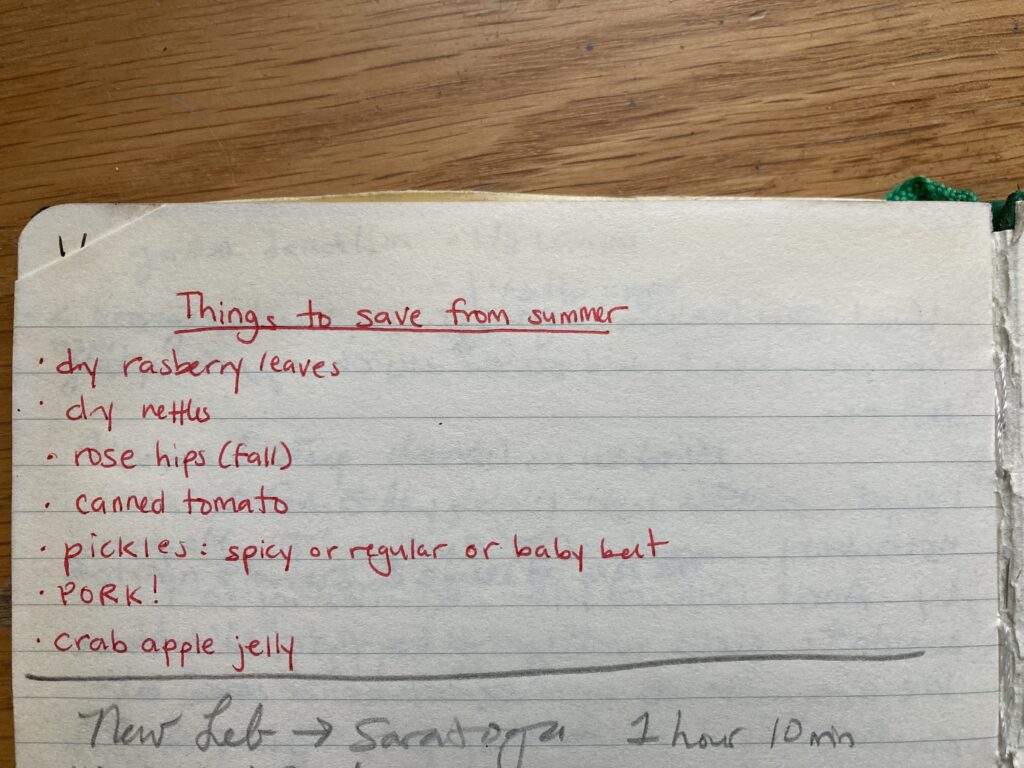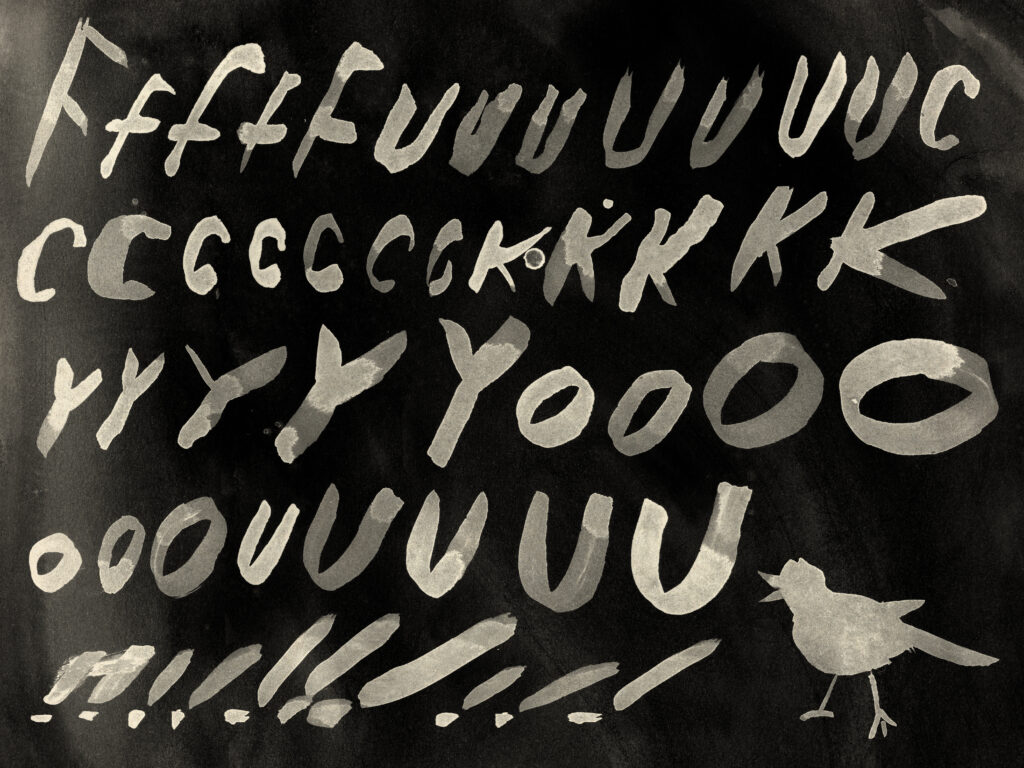Mount Baldy in clouds. Photograph by josephmachine. Licensed under CC0 4.0.
To mark the appearance of Leonard Cohen’s “Begin Again” in our Summer issue, we’re publishing a series of short reflections on his life and work.
On “Tower of Song” (1988), Leonard Cohen’s weary croak cracks the joke: “I was born like this / I had no choice / I was born with the gift of a golden voice.” He can’t quite sustain his own melody, but some of us remain enchanted—and not merely by his self-effacement. The irony, we suspect, involves us, too. Choicelessness is one of his great themes: we don’t choose our blessings or our deficits, and we don’t choose our material conditions. Fine. But Leonard Cohen takes it further: maybe we can’t even control the impulse to defy our deficits, to work against the grain of what we’ve been given. We feel sentenced to sing even without a golden voice—by our own unruly desires, or by “twenty-seven angels from the great beyond.” The metaphorical cause matters less than the effect: “They tied me to this table right here in the Tower of Song.”
Leonard Cohen came to music late, at least compared to his countercultural contemporaries. Bob Dylan was twenty-one when he released his first album; Leonard Cohen was thirty-three. He struggled to adapt his literary strategies to the new form. Even before his baritone stiffened with age, there was something workmanlike in his sensuous, spiritual, serious songs—not just in his delivery, but in his compositional structure, his preference for the heavy-handed end rhyme. Park / dark. Alone / stone. Pinned / sin. Soon / moon. He never made much use of slant rhyme, syncopation, or any of the sinuous tricks of great vocalists from the blues tradition. The second verse of “Tonight Will Be Fine” (1969) seems to describe the monastic simplicity of his compositions: “I choose the rooms that I live in with care / The windows are small and the walls almost bare / There’s only one bed and there’s only one prayer / I listen all night for your step on the stair.” For me, Leonard Cohen’s voice is that step on the stair—stumbling through the song’s tidy rooms, making the floorboards groan. His flatfooted rhythm makes wisdom’s weight hit harder.
I sometimes think of Leonard Cohen seated like a stone on Mount Baldy, where he became an actual monk in 1994 and where he lived for five years. I know a guy who studied at the same monastery. He would try to catch the singer stirring during morning meditation—even just breathing—but his stillness seemed absolute. This discipline frightens me, though it must have been hard-won. I like his songs because they let us overhear the rage and desire rattling discipline’s wooden frame: “I’m interested in things that contribute to my survival,” Cohen told David Remnick. He liked the Beatles just fine, but he needed Ray Charles. And I need Leonard Cohen—not the Zen master, but “this laborer called a writer” (his words) arduously working through a voice too plain for his own poetry. He keeps me company in the difficult silence between my own sentences. “I can hear him coughing all night long, / a hundred floors above me in the Tower of Song.” We’re both still straining—sweetly—for the music.
Copyright
© The Paris Review




















